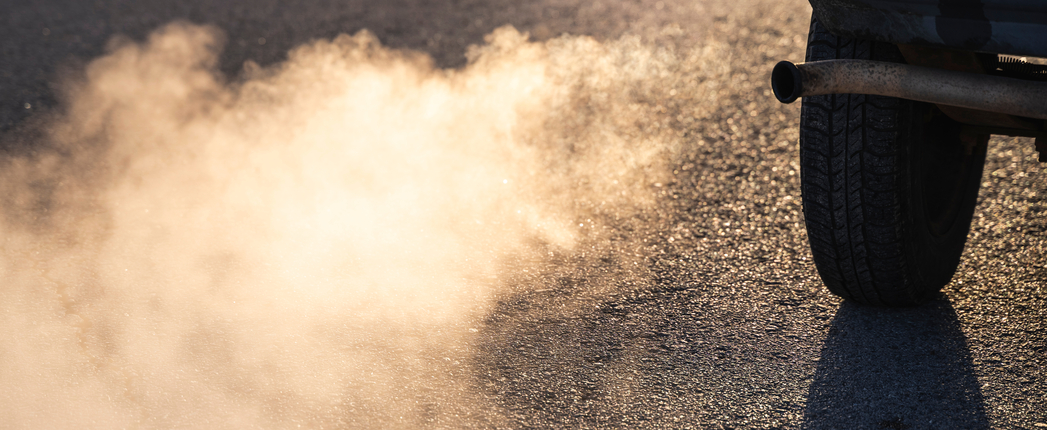
The U.S. Supreme Court last week decided against reviewing a lawsuit by the Minnesota Auto Dealers Association challenging the state’s adoption of California’s stricter low emission and zero emission vehicle standards, a rule scheduled to go into effect in Minnesota next year.
In June 2022, the Minnesota Auto Dealers Association announced it was filing the lawsuit in the Minnesota State Appeals Court challenging Gov. Tim Walz’s administration’s adoption of California Car Rules. Among other things, the association noted that under federal law any state wishing to adopt California’s emission rules and be governed by the California Air Resources Board must have had a designated geographic area that fails to meet federal air quality standards, known as “non-attainment” areas. Minnesota has not had a designated non-attainment area for greenhouse gases for over 20 years, the association asserted.
In March this year, the Upper Midwest Law Center, on behalf of the Minnesota Auto Dealers Association, then appealed to the Minnesota State Court, seeking to overrule the Walz Administration’s attempt to impose the California auto emissions rule on Minnesota. In January, the Minnesota Court of Appeals validated the state’s rule granting the California Air Resources Board oversight over Minnesota’s motor vehicle emissions standards.
“We are disappointed by the U.S. Supreme Court’s decision,” UMLC Senior Trial Counsel James Dickey said in a press release issued today. “Minnesota is not California – not a single area of the state fails to comply with federal air quality standards. As a result, we believe that under the federal Clean Air Act, Minnesota is not eligible to adopt California’s emissions rules. By not taking this case, the Court of Appeals’ flawed decision on this issue remains in place.”
According to Dickey, the Court of Appeals did rule that the Minnesota Pollution Control Agency cannot adopt any new California rules without going through new rulemaking. “The language of the California Car Rules made that uncertain, but because of our lawsuit and the Court of Appeals’ decision, any attempt to adopt California’s gas-vehicle ban or similar rules must go through rulemaking and a hearing before the people of Minnesota,” he noted.
In July 2021, Minnesota Gov. Walz signed off on the state’s adoption of California’s stricter low emission and zero emission vehicle standards, effective Jan. 1, 2024, for model year 2025 vehicles. That made it the 15th state to adopt what are referred to as clean car standards.
The policy will implement two clean cars standards to reduce vehicle emissions. The low-emission vehicle standard requires vehicle manufacturers to deliver passenger cars, trucks, and SUVs that produce lower greenhouse gas emissions and other pollutants for sale in Minnesota. The zero-emission vehicle standard requires automobile manufacturers to deliver more vehicles with ultra-low or zero tailpipe emissions for sale in Minnesota, including electric vehicles and plug-in hybrid models.
The governor’s office at the time touted that the new standards would increase consumer choice in Minnesota, noting that despite the fact that many Minnesotans want to drive electric vehicles, manufacturers had historically offered fewer than half of their models in the state, and instead offered them in states that have adopted clean car standards.
At the time, the Minnesota Auto Dealers Association had denounced the decision to impose California car rules on Minnesota. “Minnesota does not have an air quality problem like California’s,” Scott Lambert, president of the association, said in a press release in July 2021. “The California Rule puts California bureaucrats in charge of Minnesota industry, and they will impose an artificial supply mandate on the Minnesota marketplace and put Minnesota on track for an outright ban on the sale of combustible engine vehicles.”
Lambert asserted that incentives and infrastructure are the proven way to get more electric vehicles on the road. “But the governor has done nothing regarding infrastructure, and the California Rule is a pure supply mandate that does not address how to increase demand,” he said.